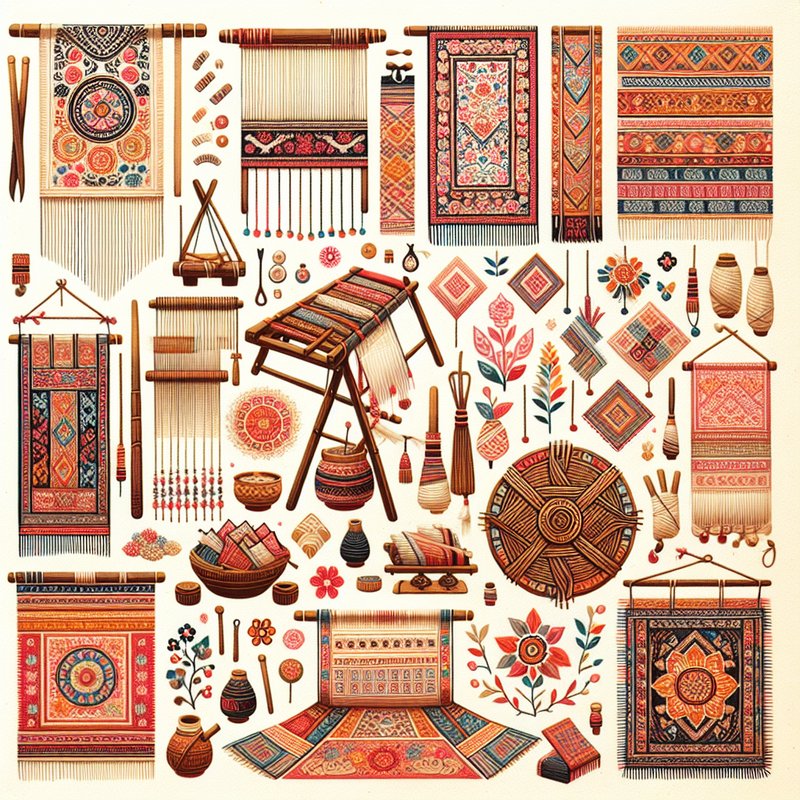Historical Significance of Sapa Textiles

The textile traditions of Sapa are deeply rooted in the history of Vietnam, with each ethnic minority group in the region showcasing their unique craftsmanship through diverse patterns and colors. These textiles are not just garments but are symbolic of cultural heritage, storytelling, and traditions passed down through generations.
The vibrant textiles, often seen in traditional clothing, accessories, and decor, play a crucial role in the preservation and continuation of ethnic identities. Historically, these textiles have been used in ceremonial contexts, demarcating significant life events such as weddings and festivals, as well as in everyday life.
The Art of Weaving and Embroidery in Sapa

The intricate process of weaving and embroidering in Sapa is a testament to the skill and dedication of the local artisans. Typically using hand-looms, artisans produce elaborately woven fabrics from natural fibers such as hemp and dye them with natural colors obtained from plants, flowers, and roots.
Embroidery complements weaving by adding detailed motifs that often have symbolic meanings, such as representations of nature, folklore, or spiritual beliefs. This meticulous craft is learned from a young age, with skills passing from mothers to daughters, ensuring the continuity of tradition.
The Socio-Economic Impact of Textile Production in Sapa

Textile production in Sapa extends beyond cultural preservation; it significantly contributes to the local economy. As tourism flourishes in the region, the demand for authentic and traditional textiles has provided income opportunities for many families, particularly women who are major contributors to this craft.
Numerous cooperatives and community-based enterprises have emerged, empowering the local population by providing platforms to market their crafts nationally and internationally. These initiatives not only improve economic conditions but also advocate for the protection of cultural heritage in the global market.
Challenges and Future Prospects

Despite the cultural and economic benefits, the traditional textile industry in Sapa faces several challenges, including the risk of cultural erosion and competition from mass-produced goods that mimic traditional designs at lower costs. The younger generation, often lured by modern lifestyles, may also feel less inclined to carry forward these ancient practices.
However, there is hope through educational and preservation initiatives spearheaded by local organizations and NGOs. These efforts aim to raise awareness about the cultural value of Sapa’s textile traditions and encourage youth engagement in sustainable and innovative ways to keep these traditions alive while adapting to contemporary trends.

Leave a Reply